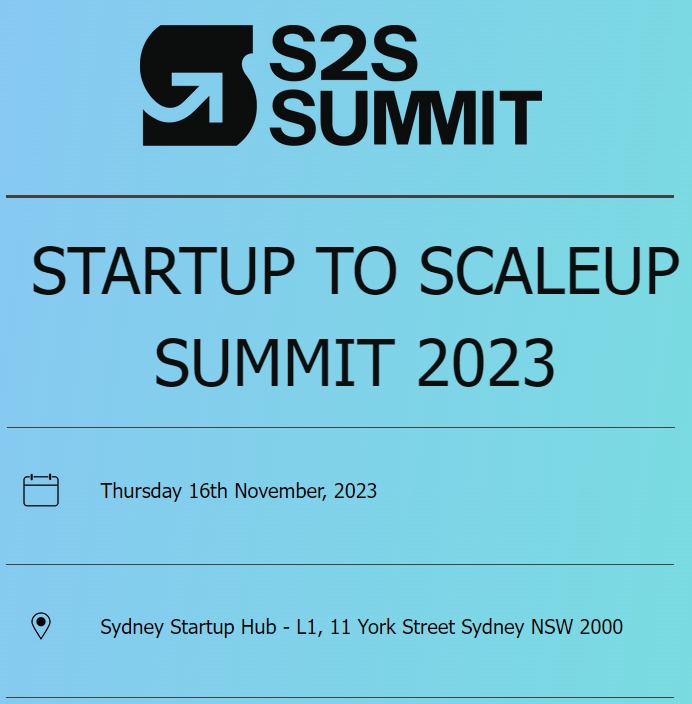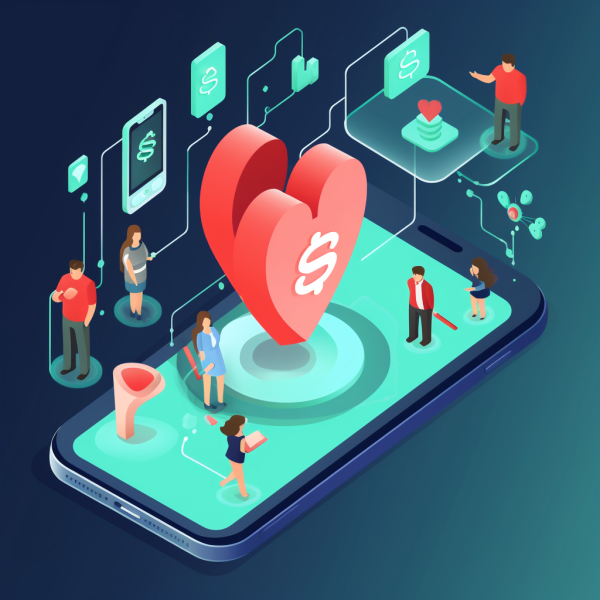Hogwarts divided their students into four houses: Gryffindor, Hufflepuff, Ravenclaw and Slytherin. These wonderful scenes in the first book and movie were filled with tension because of the angst of Harry avoiding Slytherin and the all-important cementing of the relationships
Even as an adult if you’ve been to Universal Studio’s Harry Potter rides, you can’t help feeling trepidation when you stand in front of the grumpy looking Sorting Hat.
So the Sorting Hat does some pretty nifty segmentation based on the student’s characteristic. Just like most of your App users, there is more information that can be deployed to sort the users into specific groups, buckets, houses, audiences or segments!
“Oh you may not think I’m pretty,
But don’t judge on what you see,
I’ll eat myself if you can find
A smarter hat than me.
…
There’s nothing hidden in your head
The Sorting Hat can’t see,
So try me on and I will tell you
Where you ought to be.”
Most Apps treat mobile user segmentation during onboarding:
- Not at all.
- As an after-thought.
But smart Product Managers know that personalization is key. After all, consider the effect of education or a tour so well targeted, it’s perceived as helpful, rather than an irrelevant interruption to the user’s flow. Personalisation brings extra value to the user so that increased Lifetime Value (LTV) comes naturally.
The Sorting Hat has unknown, invisible, magical algorithm’s that run, tentatively gauge the users response and adjusts accordingly. In the case of Harry, the hat already knew something about Harry’s provenance and destiny but adapts to the real-time feedback from Harry. This is pretty sophisticated sorting segmentation 🙂
A simpler example is one that we see commonly.
The customers of an enterprise App are identified when they login/register, this is the case for banks, telcos, media companies and apps that already have web properties or customer accounts. These companies often have existing information that when connected to a mobile App login can automatically segment the user into a custom onboarding experience:
- One user is in the Gryffindor segment because they have subscribed to a particular product:
- For a telco this might be pre-paid cards vs contract. You want to focus the App on (a) exposing relevent functions to this user’s (top-ups) etc. As well, you want to potentially capture them as a Contract customer by offering the latest iPhone-16 as part of the contract. When the user signs up for the contract they shift to the Hufflepuff segment.
- For a bank this may be a customer who has never used the FX function in the app but transfers money regularly via the website.
- Another user might be in the Ravenclaw because of their demographic profile including age/gender/country which makes them. We’ve seen this commonly to provide additional help (tips/tours/modals) in the App to guide them to get jobs done.
- See Engagement Segments and Value Segments below.
Without this background a priori information, the user gets a vanilla generic experience and engagement satisfaction requires more work from them.
Any step towards greater segmented clarity of your user base is a step in the right direction and the Contextual engine automatically collects usage that automatically becomes part of your segmentation options. With more data-driven distinctions, the right actions become more obvious., effective segmentation enhances the entire mobile user experience. And it’s easy to start.
Steps to effective mobile user segmentation:
- Plan out the “user’s journey”. Identify different stages of the lifecycle and interesting trigger points within this journey
- Cluster users into a few preliminary groups (think Gryffindor, Hufflepuff, Ravenclaw and Slytherin):
- based on a-priori attributes discussed above PLUS
- usage data from Contextual. Build a persona around these attributes
- start with just 2 segments, say Slytherin and Hufflepuff, don’t be over-ambitious.
- How many users are in this segment? How easily does your App speak to this segment.
- Run Tips/Tours/Modals to educate the user and set a “success metric” –> Test actions on these personas to drive the success metric. A good idea for a success metric is moving onto the next stage of the user lifecycle or making a purchase or upgrading their plan.
- Treat this as an A/B experiment, refer to this post and this post for more detail.
- Was it successful?
- Measure the outcomes of the actions by success metric.
- ITERATE. Refine mobile user segments, onboarding content, onboarding triggers to continue to improve the outcome. As more data is collected, the actions will become more effective over time
- When you find that a certain persona responds consistently well to a certain onboarding experiment, make this your new “champion” (the default way the App behaves).
The magic in user segmentation
Segmentation by demographics is not enough. As we gave in the Harry example at the top, his demographics were Slytherin but his behaviour was Gryffindor.
There are two ways in increase LTV – enhance engagement or encourage monetisation.
Engagement Segments:
- How long ago did the user download the app?
- Are they still an active user?
- Frequency: How many times is the app opened per week?
- Duration: How long does the user spend each time?
- Depth: How many features have the user accessed?
Value Segments:
- Status: Are they free, trial or premium subscribers?
- Recency: How long since the last purchase?
- Frequency: What is the purchase history? Users who never bought? Bought Once? 2-5 purchases?
- Value: Have they visited your stores? Have they clicked on in-app ads? What price range are their purchases?
Actions for segments:
- Encourage users to move onto the next stage of the lifecycle.
- Win back customers using the most effective method. If a user downgraded from a premium account within the past week, perhaps targeting them for feedback regarding desired features and giving them a 20% off resubscription offer is effective.
- Discover how different segments move through different lifecycle stages. Typically for Apps, a small proportion of segments make up the majority of subscriptions or purchases. Which lifecycle stages are users getting stuck?
- Test the optimum time to ask users to subscribe to the premium model, based on their segment. Are better conversion rates achieved when users are asked the first day they use the app or after a week?






